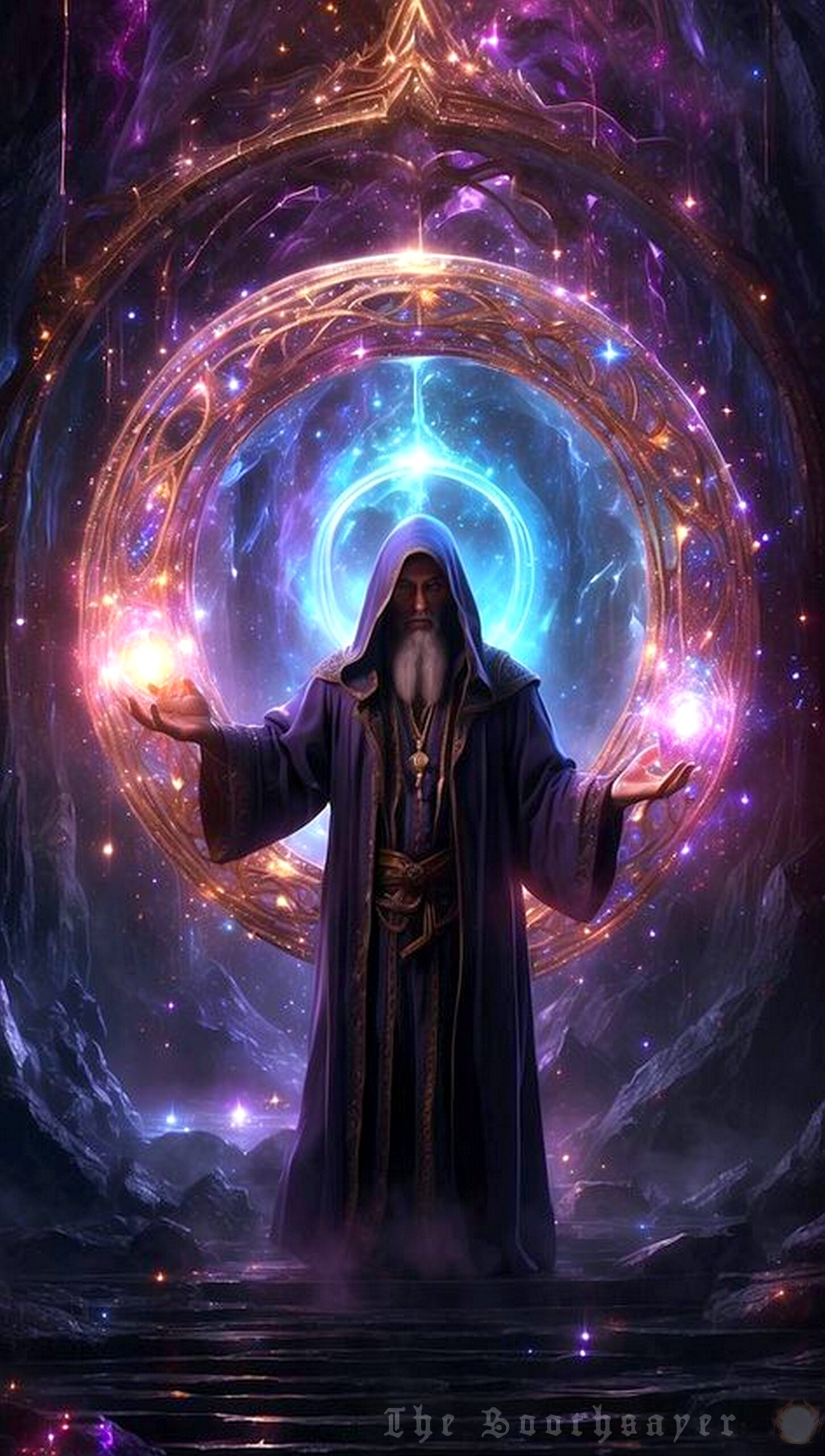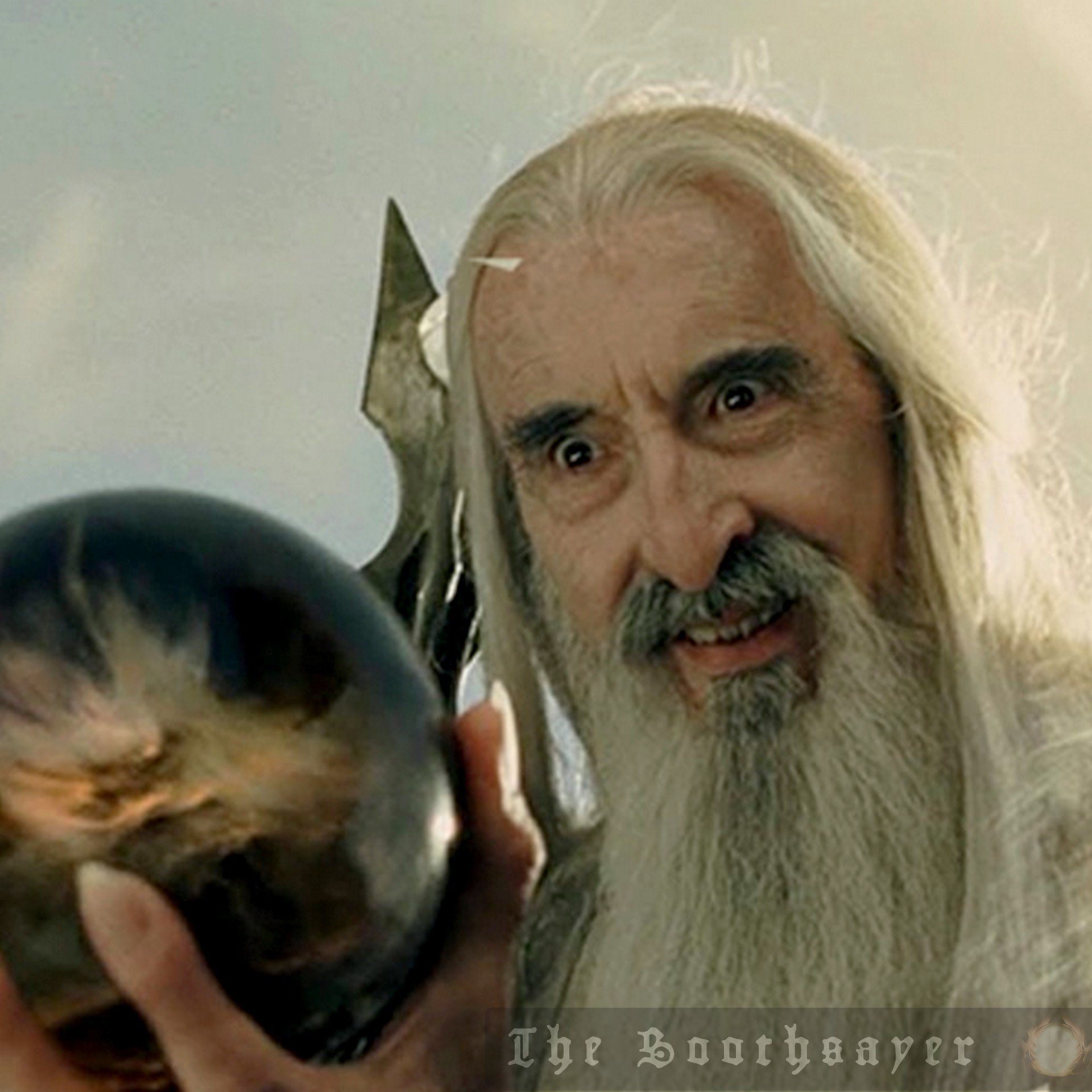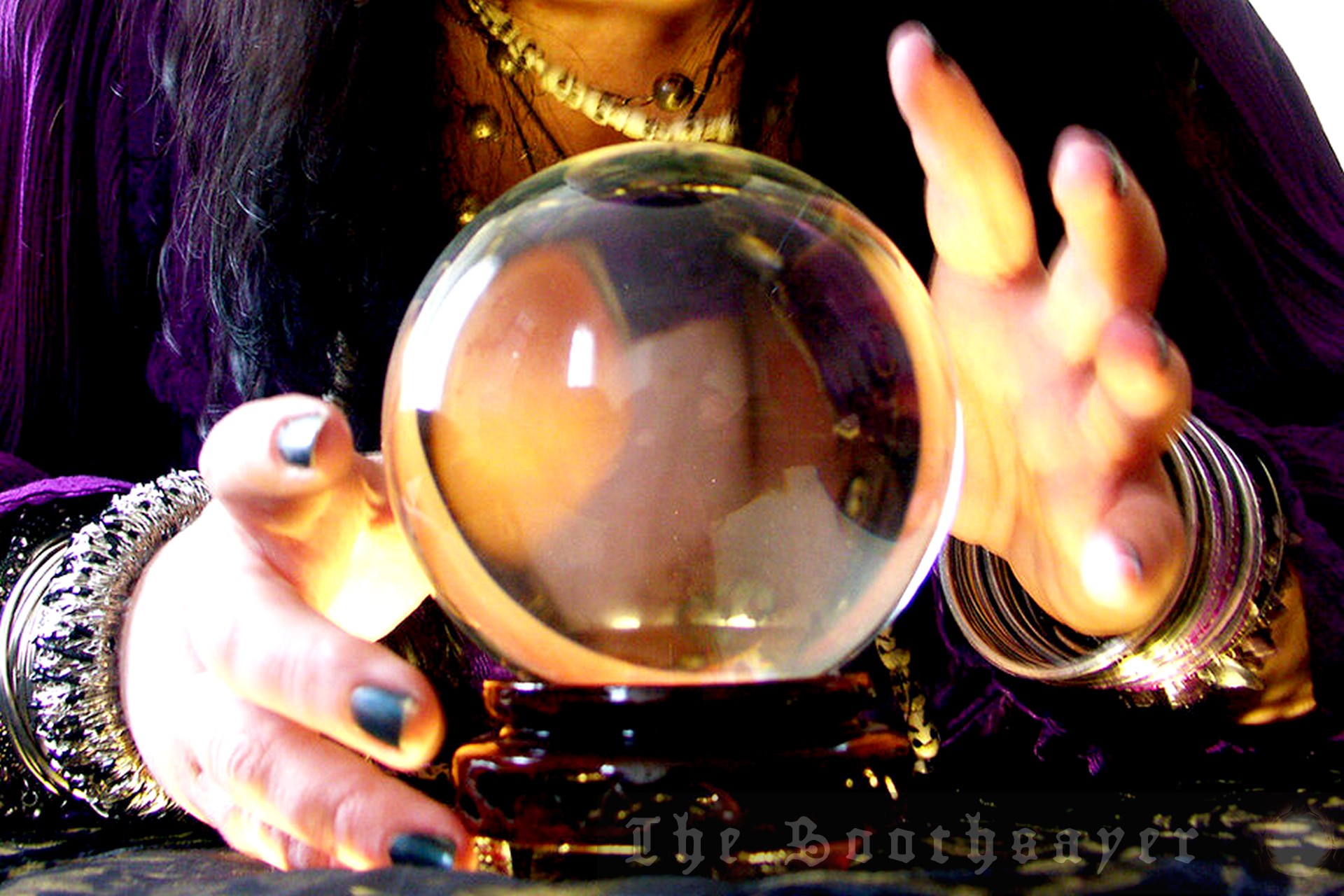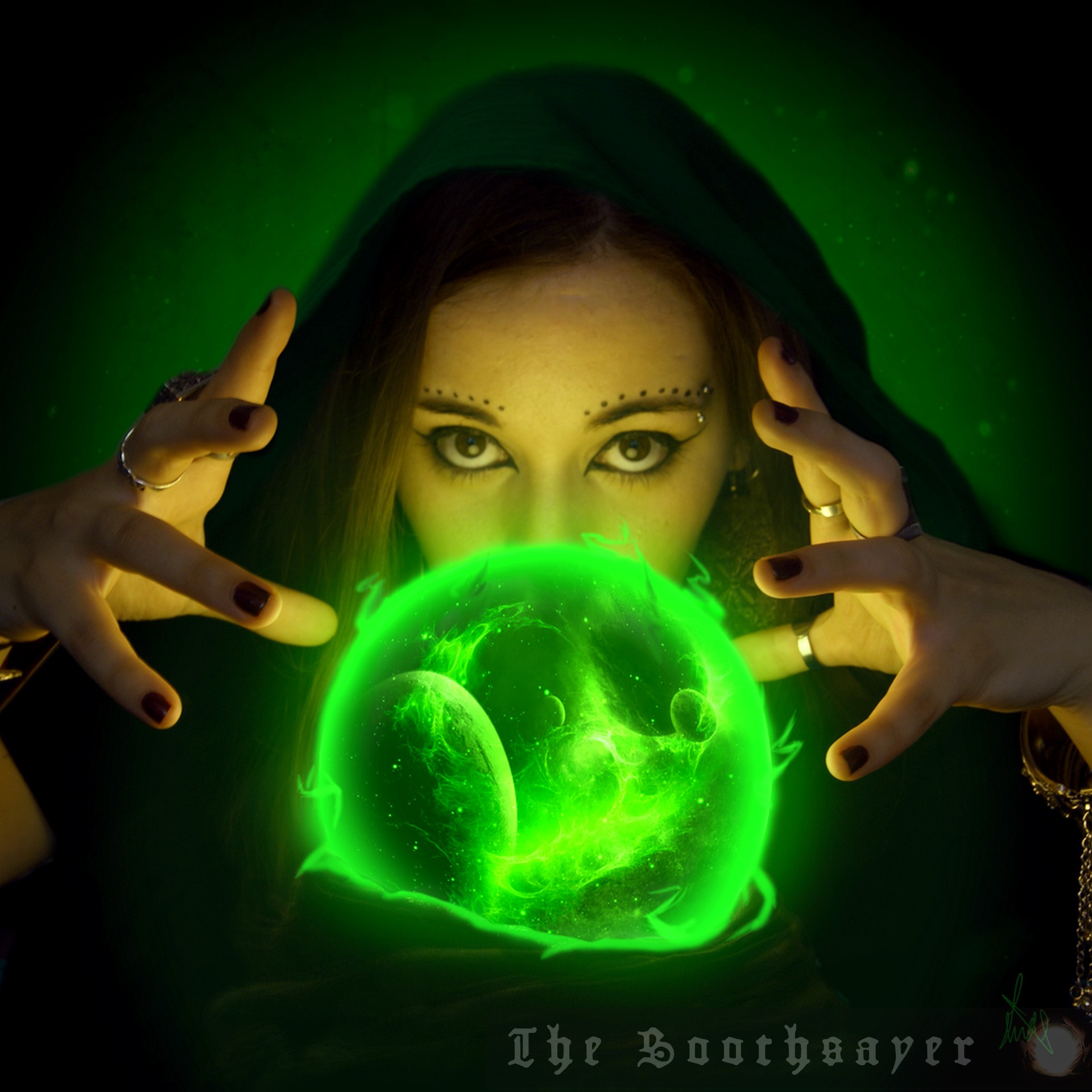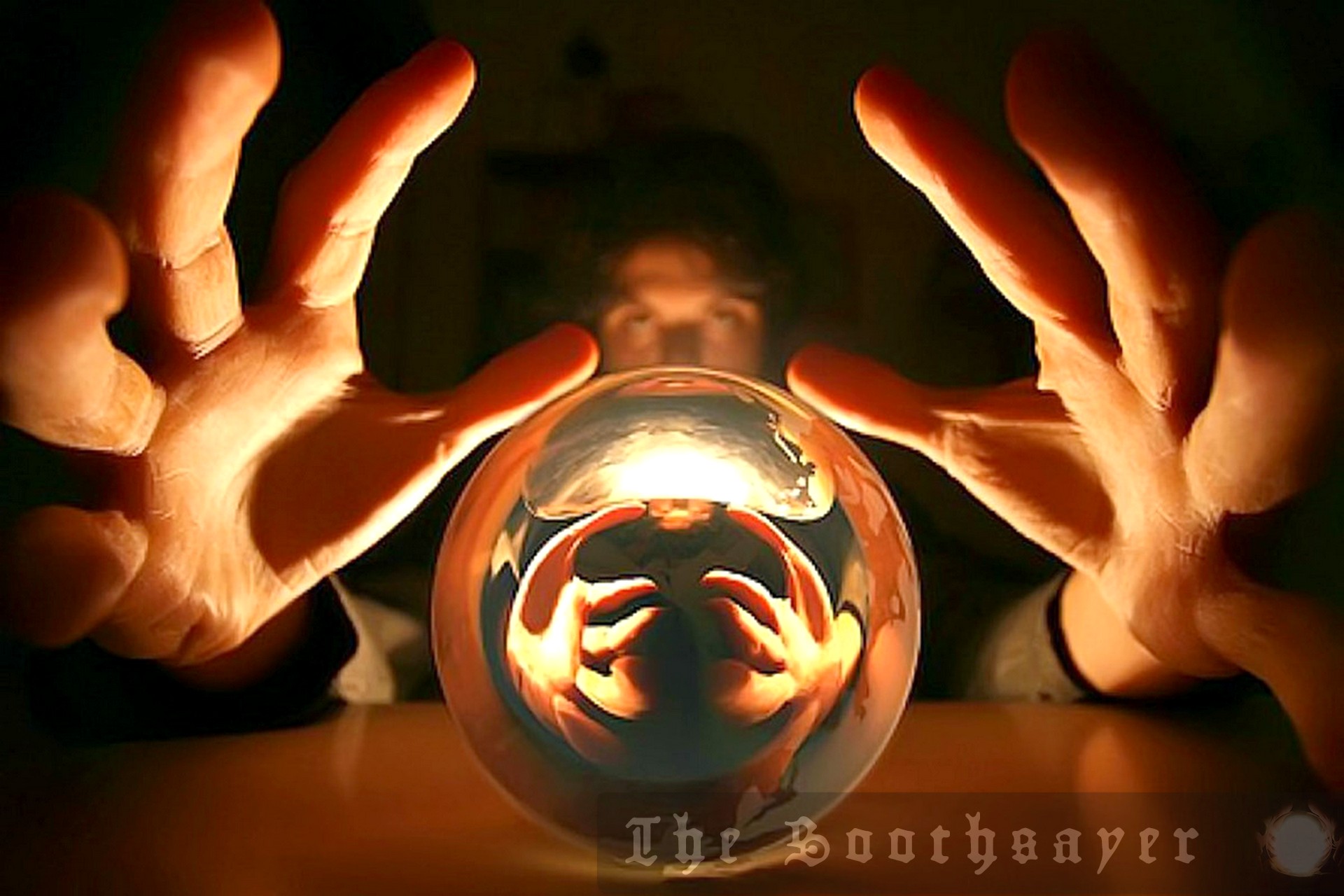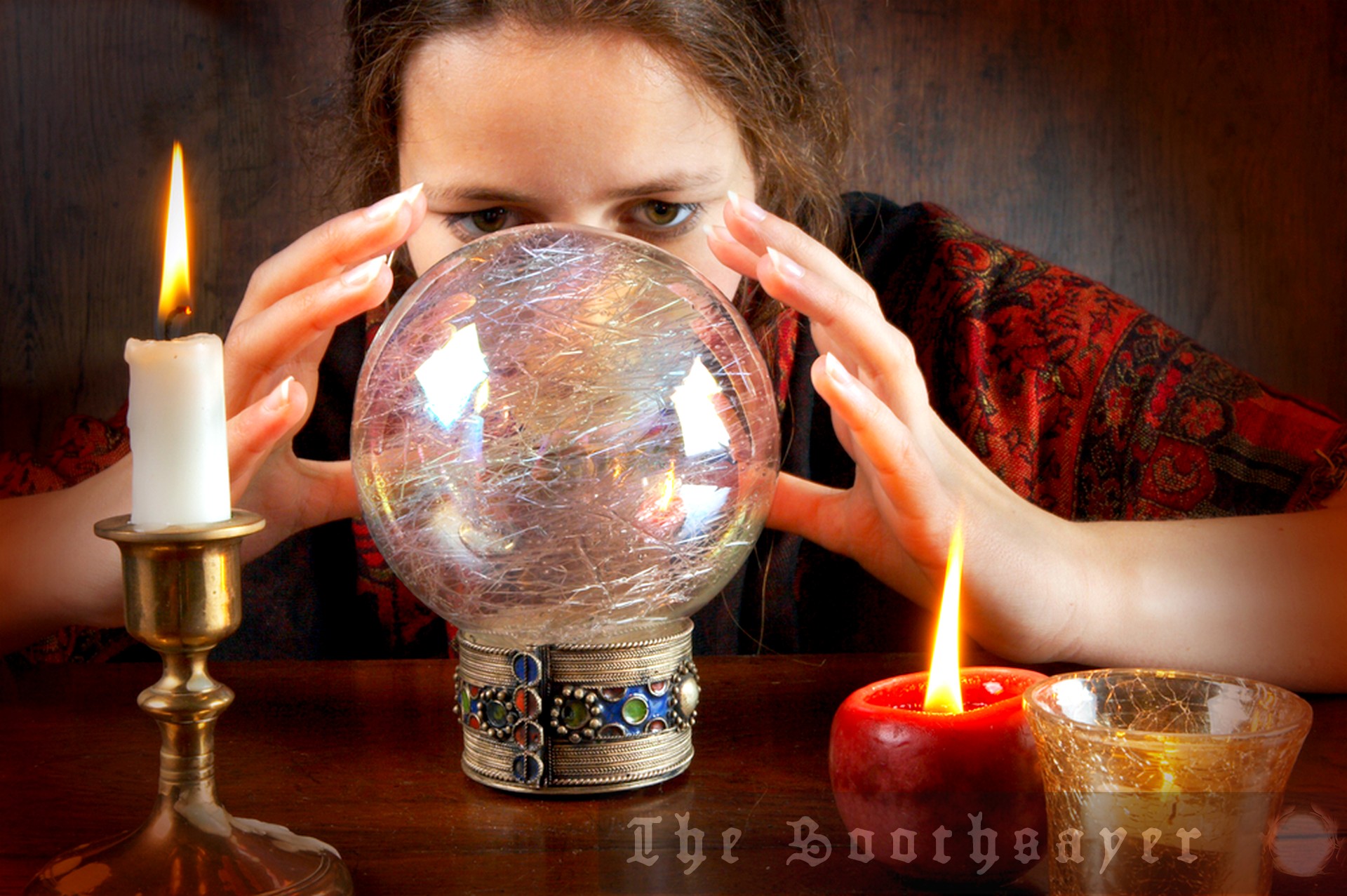A pair of European Space Agency spacecraft, Proba-3, has been launched to create hundreds of artificial solar eclipses in orbit. This mission will allow scientists to study the elusive middle part of the sun’s atmosphere, which holds many of the sun’s most enduring mysteries. The satellites will fly together in lockstep, blocking the sun from…
insights on The Soothsayer / page 5
A team of researchers has developed a groundbreaking new imaging technique that can reconstruct 2D radio images into 3D ones, providing a more accurate understanding of structures such as jet-like features streaming out of galactic black holes. This technique could challenge current physical models of how radio galaxies formed and has the potential to revolutionize…
Researchers at Google Research in California have developed a system to use millions of smartphones to map out real-time variations in Earth’s ionosphere. This innovative approach could improve the accuracy of global navigation satellite systems (GNSSs) such as GPS and provide new insights into the ionosphere. The system leverages the ubiquitous ownership of smartphones across…
A groundbreaking discovery in particle physics has left scientists stunned. The J/psi particle, a subatomic particle first detected in 1974, has been a source of fascination and confusion for decades. Recent research has shed new light on the particle’s composition, revealing it to be a combination of a charm quark and its antimatter counterpart. As…
A new book, “How to Kill an Asteroid,” highlights the growing concern of asteroid defense and the need for a more robust planetary security system. The book’s author, Robin George Andrews, emphasizes that while scientists have made progress in deflecting asteroids, the real challenge lies in developing a reliable asteroid detector and navigating the bureaucratic…
Physicists in China and Austria have made a groundbreaking discovery in the field of quantum mechanics, calculating the effect of entanglement on the emission time of photoelectrons. Their research reveals counter-intuitive predictions that could be tested using improved free-electron lasers. The study focuses on the photoelectric effect, where photons interact with electrons in atoms, and…
Researchers at Tsinghua University and other institutions have developed a new framework for approximate quantum error correction (AQEC) codes, which could revolutionize the field of quantum computing. The framework, which establishes a crucial parameter called subsystem variance, links the effectiveness of AQEC codes to quantum circuit complexity. This breakthrough has implications not only for quantum…
Scientists have proposed a new theory about the origins of Mars’ moons, Phobos and Deimos. According to this theory, the moons may be the remains of an asteroid that was shredded by Mars’ gravity. This theory could help explain the moons’ unusual shapes and orbits. An upcoming mission to collect samples from Phobos may provide…
Scientists from the Dark Energy Spectroscopic Instrument (DESI) collaboration have made a groundbreaking discovery that could change our understanding of the universe. Their analysis suggests that dark energy, a mysterious phenomenon driving the expansion of the cosmos, may not be constant throughout the universe’s history. Instead, it may be waning, contradicting the widely accepted theory…
Researchers in Austria have made a groundbreaking discovery in the field of supersolidity, observing quantized vortices in a supersolid for the first time. This finding provides further confirmation that supersolids can be modeled as superfluids with a crystalline structure, opening up new possibilities for studying quantum many-body physics. The team is now using this model…


